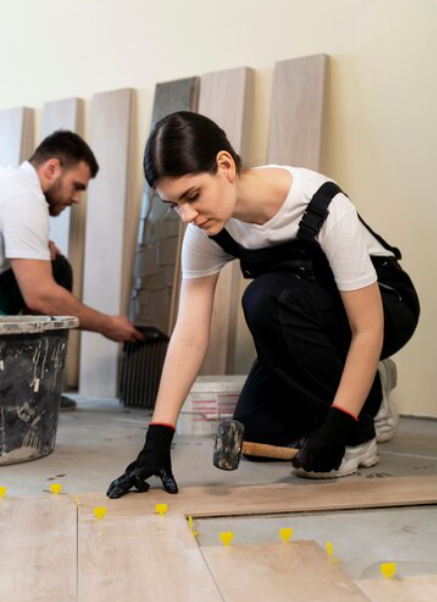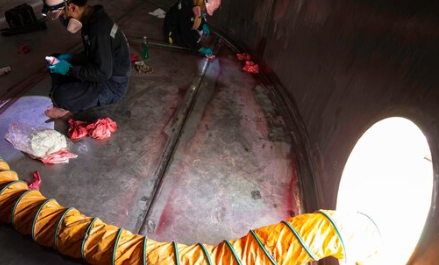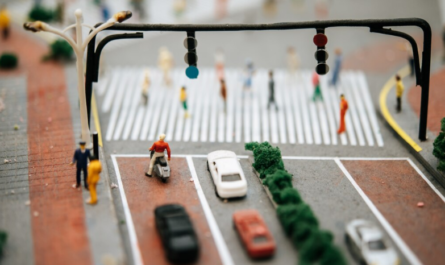Floor Finishing Safety: Ensuring a Secure Workplace and Home Environment
When it comes to floor finishing, safety often takes a backseat to aesthetics and functionality. However, ensuring a secure environment during and after the finishing process is crucial for protecting workers, homeowners, and anyone who might use the space. This guide dives deep into the safety protocols, risks, and best practices for floor finishing, with a focus on creating a safer work environment. Whether you are a contractor, safety officer, or DIY enthusiast, this comprehensive blog will help you manage floor finishing tasks safely and efficiently.
Understanding Floor Finishing and Its Hazards
Floor finishing involves applying coatings or finishes, such as polyurethane, varnish, or wax, to a floor surface. This process enhances durability, aesthetic appeal, and resistance to wear. While the results can be stunning, the process involves potential hazards that must not be overlooked.
Common Risks in Floor Finishing
- Chemical Exposure: Many floor finishes contain volatile organic compounds (VOCs) that can cause respiratory issues, eye irritation, and long-term health concerns if inhaled.
- Fire and Explosion Hazards: Solvent-based floor finishes are flammable, and their fumes can create an explosive atmosphere if not handled properly.
- Slip and Trip Hazards: Wet finishes or improperly applied coatings can lead to slippery surfaces, increasing the risk of slips and falls.
- Inhalation of Dust: Sanding a floor generates fine dust particles that can irritate the lungs and cause respiratory problems.
- Equipment-Related Injuries: Floor sanders, buffers, and other tools pose mechanical risks if improperly used.
Safety Measures Before Floor Finishing
Preparation is key to a safe and efficient floor finishing process. Implementing safety measures before beginning ensures hazards are minimized and everyone involved understands their roles.
1. Risk Assessment and Planning
Conduct a thorough risk assessment of the area and identify potential hazards. Ensure you have an emergency response plan in place for incidents such as spills, fires, or injuries.
2. Proper Ventilation
Ensure adequate ventilation in the workspace to prevent the accumulation of hazardous fumes. Open windows and doors, and use industrial fans or exhaust systems to circulate air effectively.
3. Personal Protective Equipment (PPE)
Equip workers with appropriate PPE, including:
- Respiratory masks to filter VOCs and dust.
- Safety goggles to protect eyes from splashes and dust.
- Gloves resistant to chemicals.
- Non-slip footwear to prevent falls on wet surfaces.
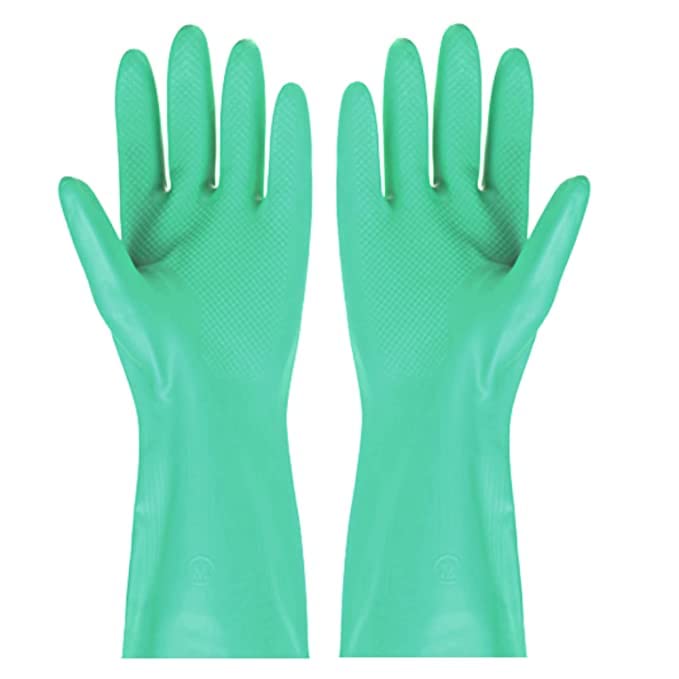


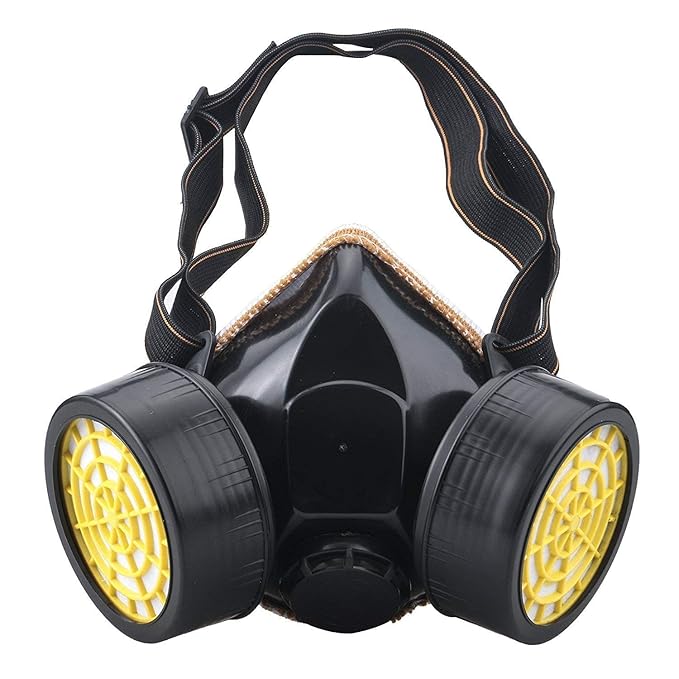
4. Equipment Inspection
Inspect all tools and machinery before use. Ensure sanders, buffers, and applicators are in good working condition, and replace worn-out parts to prevent malfunctions.
Safety During the Floor Finishing Process
Once preparations are complete, maintaining vigilance during the process is critical. Here are key practices to ensure safety:
1. Monitor Air Quality
Use air quality monitors to detect dangerous levels of VOCs or dust. If levels become unsafe, pause the work and enhance ventilation immediately.
2. Avoid Open Flames and Heat Sources
Keep all ignition sources, such as cigarettes, open flames, or heaters, away from the workspace. Solvent-based finishes can ignite easily, so strict fire safety protocols are essential.
3. Apply Finishes in Thin Layers
Thick layers of finish may take longer to dry, increasing the risk of VOC exposure and flammability. Apply in thin, even coats to speed up the drying process and reduce hazards.
4. Communication and Teamwork
Maintain clear communication among workers. Use hand signals or radios if noise levels are high. Ensure everyone knows their responsibilities and understands safety procedures.
Post-Finishing Safety Tips
Safety does not end once the floor is finished. Post-finishing safety measures are crucial to prevent accidents and ensure a healthy environment for future use.
1. Allow Proper Drying Time
Ensure the finish has fully cured before allowing foot traffic or placing furniture on the floor. Follow the manufacturer’s guidelines for drying times.
2. Dispose of Waste Properly
Dispose of leftover chemicals, rags, and containers responsibly. Many finishing products are considered hazardous waste and require proper disposal methods.
3. Conduct a Final Inspection
Inspect the area for any uneven coatings, leftover debris, or potential hazards. Address these issues before opening the space for use.
4. Educate Occupants
Inform homeowners, tenants, or building users about the maintenance and care required to ensure the floor’s longevity and safety.
Best Practices for Safety Officers in Floor Finishing
As a safety officer, your role is pivotal in creating a safe environment during floor finishing projects. Here are some best practices:
1. Provide Comprehensive Training
Educate workers on the risks associated with floor finishing and train them in safe work practices. Regular refresher courses can help reinforce safety awareness.
2. Conduct Regular Safety Audits
Perform routine inspections of the workspace, tools, and processes to identify and mitigate hazards.
3. Stay Updated on Regulations
Familiarize yourself with local safety regulations and industry standards for floor finishing. Compliance is crucial for legal and ethical operations.
4. Promote a Safety-First Culture
Encourage workers to prioritize safety over speed or convenience. Establish a reporting system for near-misses and hazards to foster a proactive approach to safety.
Emerging Trends in Floor Finishing Safety
Innovation and technology are transforming the way floor finishing is performed. Here are some trends enhancing safety in the industry:
1. Low-VOC and Water-Based Finishes
Many manufacturers are developing eco-friendly, low-VOC finishes that reduce health risks and environmental impact.
2. Dustless Sanding Systems
Advanced sanding equipment now includes dust collection systems that minimize airborne particles, improving air quality during the process.
3. Automated Application Tools
Robotic and automated tools are being used to apply finishes more consistently and safely, reducing worker exposure to hazardous chemicals.
Conclusion
Floor finishing is a task that combines craftsmanship with safety considerations. By implementing proper safety measures before, during, and after the process, you can significantly reduce risks and create beautiful, durable floors without compromising well-being. Whether you’re a professional or a homeowner, understanding and prioritizing safety ensures a successful project every time.
For more expert tips and updates on floor finishing and workplace safety, stay tuned to our blog. Remember, safety is everyone’s responsibility—let’s keep it top of mind!
“Start Your Website Journey Today – Exclusive Hostinger Discounts!”







